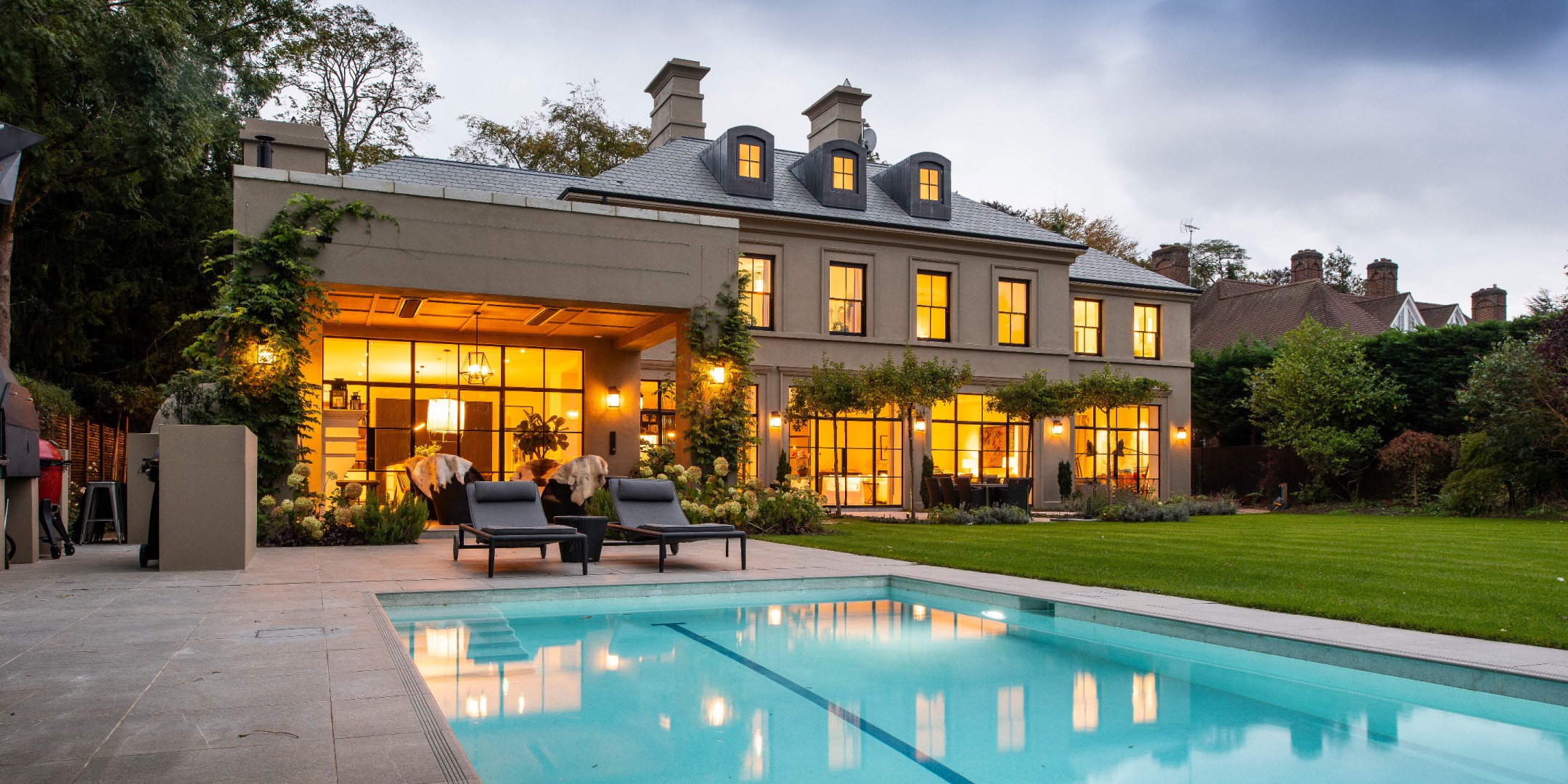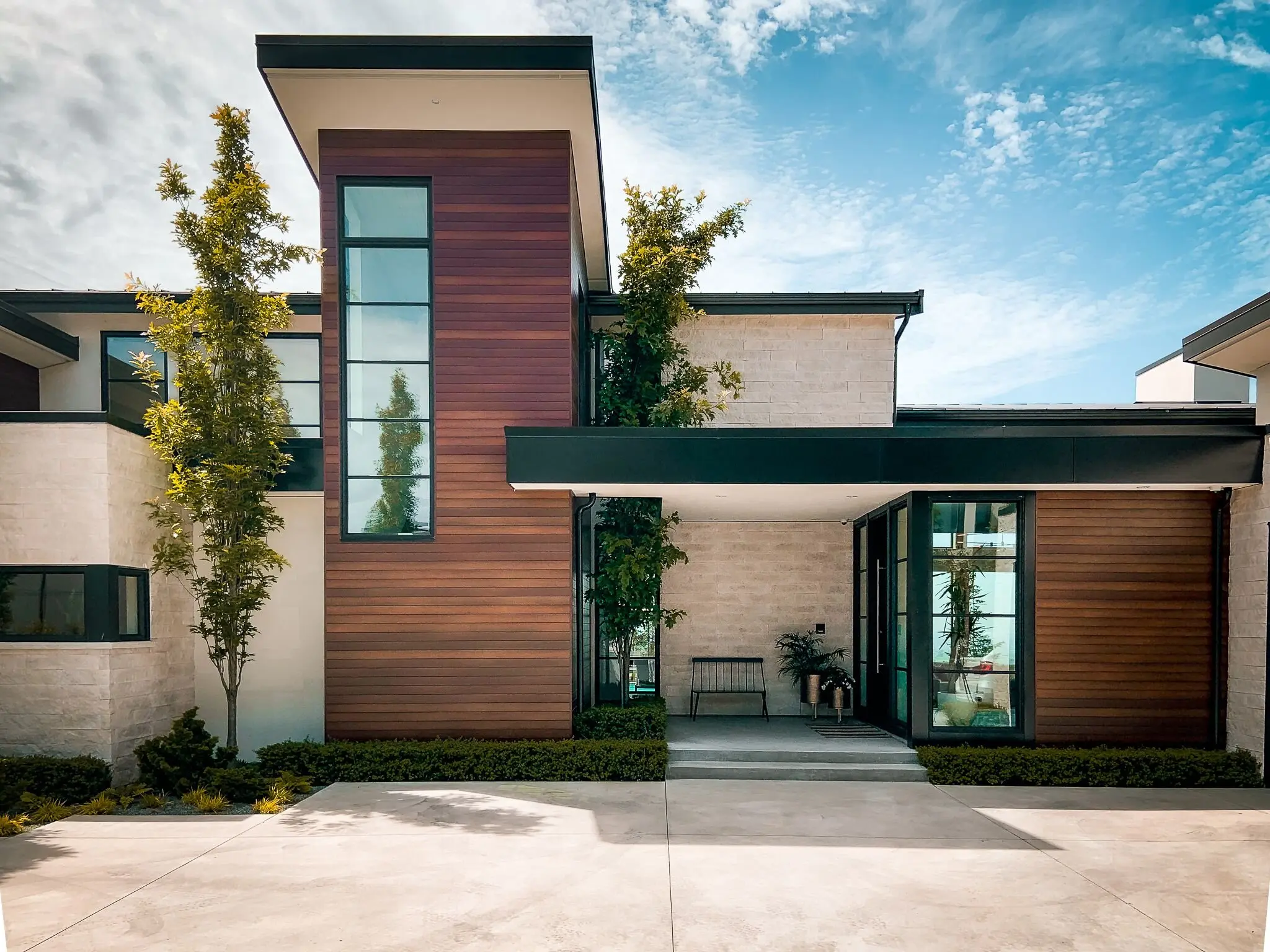Residential Architects: Creating Beautiful, Functional Spaces for Every Home
Residential Architects: Creating Beautiful, Functional Spaces for Every Home
Blog Article
Exactly How Residential Architects Produce Custom-made Homes for each Way Of Living
The process by which domestic designers layout personalized homes is a nuanced interplay of recognizing customer demands and converting those understandings into functional space. Via extensive consultations and the usage of style devices, engineers capture the significance of their clients' way of lives, making sure that each home shows individual values and goals. This joint approach prolongs past preliminary ideas, integrating cutting-edge technologies and sustainable methods to boost day-to-day living. As we check out the intricate steps associated with this transformative process, a deeper recognition for the architect's function fit unique environments begins to emerge.
Comprehending Client Demands

Effective communication is extremely important in this procedure. Architects should motivate clients to articulate their way of lives, family members characteristics, and future goals, guaranteeing that the design reflects their special identification. By using tools such as sets of questions, interviews, and visual surveys, engineers can gather important insights into the customer's vision.
Moreover, comprehending the context in which a home will certainly exist is crucial. Architects should consider elements such as the site features, regional environment, and social impacts that can influence the layout. This alternative technique permits the production of rooms that are not just aesthetically pleasing but additionally functional and sustainable.
Ultimately, a deep understanding of client needs enables designers to develop personalized homes that improve the lifestyle for their occupants, fostering a sense of belonging and convenience within their living settings.
Layout Refine and Collaboration
The style process in residential architecture is a vibrant interaction of creativity and partnership, where architects, customers, and numerous stakeholders work closely to bring a vision to life. This repetitive journey generally starts with a collection of conferences to develop an extensive understanding of the customer's desires, choices, and way of living demands. During these conversations, designers gather necessary info, enabling them to conceptualize designs that align with the client's vision.
Following the initial appointments, the design stage evolves through illustrations, 3D designs, and building renderings. This aesthetic communication acts as a device for engineers to present ideas, while also inviting client comments, making certain that the last design reverberates with their expectations. Reliable partnership with designers, service providers, and interior designers is important during this phase, as it ensures that all useful elements of the project are flawlessly incorporated.

Incorporating Lifestyle Elements
Incorporating way of living components right into residential design is crucial for producing areas that really reverberate with the residents. residential architecture homes. This process begins with recognizing the special needs, preferences, and day-to-day routines of the homeowners. Designers engage in detailed discussions to reveal exactly how the private or family members uses their space, whether for entertaining visitors, seeking hobbies, or seeking silent hideaway
As soon as these understandings are collected, architects can tailor style functions that boost everyday experiences. Open flooring plans might be made for families that prioritize togetherness, while committed work spaces can be incorporated for those who function from home. Outdoor locations, such as gardens or patios, can be highlighted for households that take pleasure in outdoor tasks or entertaining.
Additionally, flexibility is a crucial consideration; multi-functional rooms click here for more info permit flexibility as way of lives develop gradually. Custom storage options can likewise be integrated to fulfill specific organization demands, ensuring that the home stays clutter-free and practical. Ultimately, by thoughtfully weaving way of life elements right into the building fabric, residential engineers develop personalized homes that not only fulfill aesthetic desires yet also substantially boost the top quality of life for their clients.
Sustainable and Smart Layout
Clever and lasting style significantly plays an essential function in household design, as home owners seek to reduce their ecological influence while improving their living experiences. Architects are currently integrating environmentally friendly materials, energy-efficient systems, and innovative modern technologies to create homes that not just satisfy aesthetic desires however additionally serve the earth.
Incorporating sustainable power sources, such as photovoltaic panels and wind turbines, permits home owners to harness all-natural resources, dramatically minimizing dependence on conventional power grids. Smart home technologies additionally enhance sustainability by enhancing power use through automated systems that regulate heating, lights, and cooling based on occupancy and preferences.
Furthermore, making use of sustainable building products-- like reclaimed wood, bamboo, and reused steel-- advertises a circular economic climate, minimizing waste and resource intake. Engineers likewise emphasize passive design concepts, making certain homes are oriented for maximum all-natural light and air flow, thereby minimizing the requirement for fabricated heating & cooling.
Along with eco-friendly advantages, lasting and wise design adds to the overall convenience and health of locals. By prioritizing interior air top quality and natural environments, designers develop areas that foster well-being, allowing house owners to flourish attuned to their setting.
Finalizing and Carrying Out Plans
Wrapping up and applying strategies is a vital stage in the residential style procedure, where the vision of a personalized home begins to materialize. This phase includes meticulous attention to information, making certain that every aspect of the style is precisely expressed and ready for building and construction. residential architecture homes. Designers work together carefully with clients to evaluate last plans, resolving any final adjustments or problems, while making certain that all components straighten with the homeowner's way of living requirements
As soon as plans are wrapped up, engineers prepare extensive construction documents, including in-depth illustrations and requirements that serve as a blueprint for building contractors. These records describe products, finishes, and installation techniques, supplying clearness for subcontractors and service providers. In addition, securing necessary licenses and sticking to regional building codes is vital, as it ensures conformity and smooth job implementation.
Effective interaction is essential throughout this stage. Normal updates and conversations with builders assist to alleviate potential issues before they emerge. By promoting a joint atmosphere, designers can guarantee that the execution lines up with the initial vision. Ultimately, this crucial stage changes ideas right into fact, laying the structure for a home that reflects the distinct way of living and preferences of its occupants.
Conclusion
In their website final thought, domestic architects play a critical duty in crafting personalized homes that accommodate diverse way of livings. With precise understanding of client demands, collective layout processes, and the assimilation of lifestyle aspects, architects make certain that each home mirrors individual choices. The unification of smart innovations and sustainable practices better boosts performance and environmental responsibility. Eventually, the initiatives of household architects culminate in the browse this site awareness of customized space that promote comfort and wellness for their residents.
The procedure by which property designers design personalized homes is a nuanced interplay of comprehending client needs and equating those insights into useful living rooms. With extensive examinations and the usage of design tools, architects record the essence of their customers' way of lives, guaranteeing that each home reflects individual values and desires. Engineers must encourage clients to articulate their way of livings, family members dynamics, and future ambitions, guaranteeing that the design mirrors their special identity.The layout procedure in domestic style is a vibrant interplay of creative thinking and partnership, where architects, customers, and different stakeholders work very closely to bring a vision to life - residential architecture homes. With meticulous understanding of customer requirements, joint style processes, and the assimilation of lifestyle components, engineers guarantee that each home mirrors individual preferences
Report this page